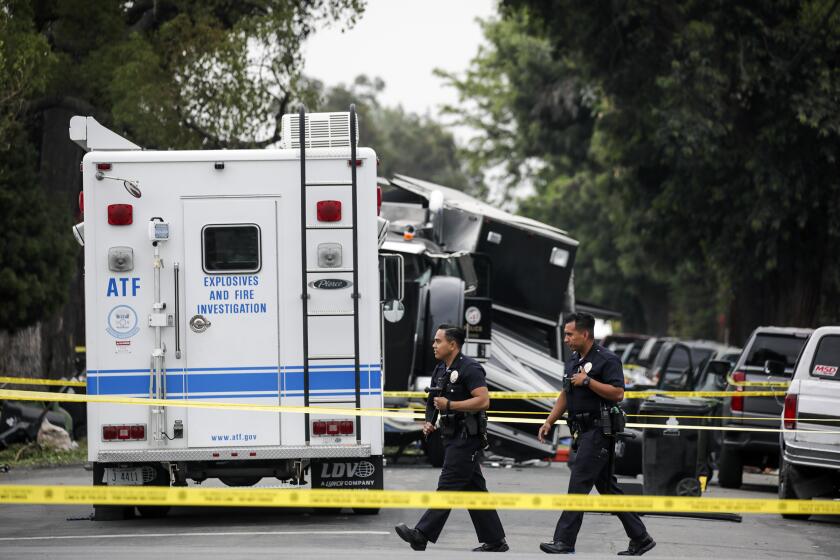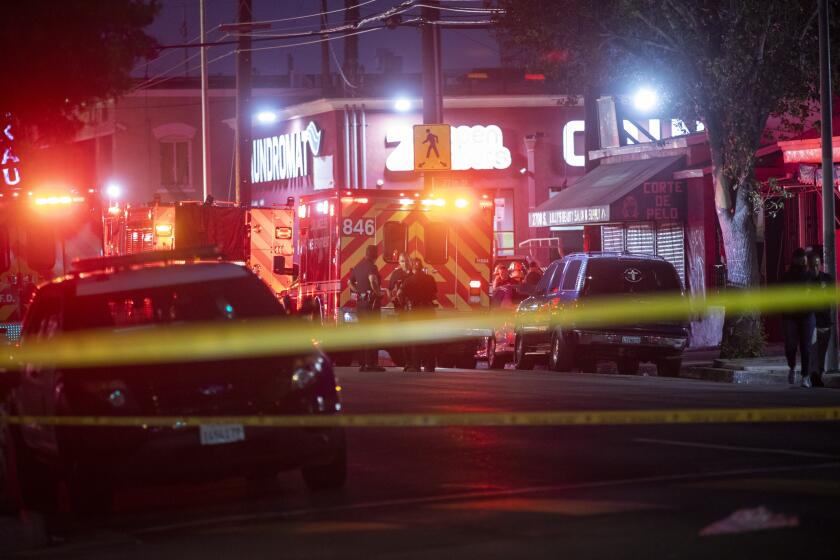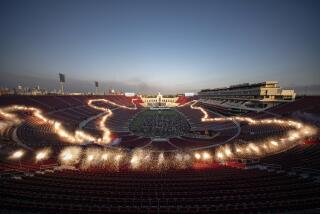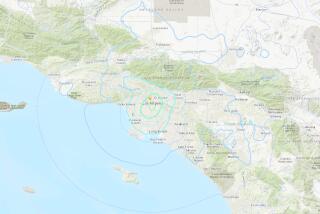Families displaced by fireworks explosion in South L.A. spend July 4 seeking help
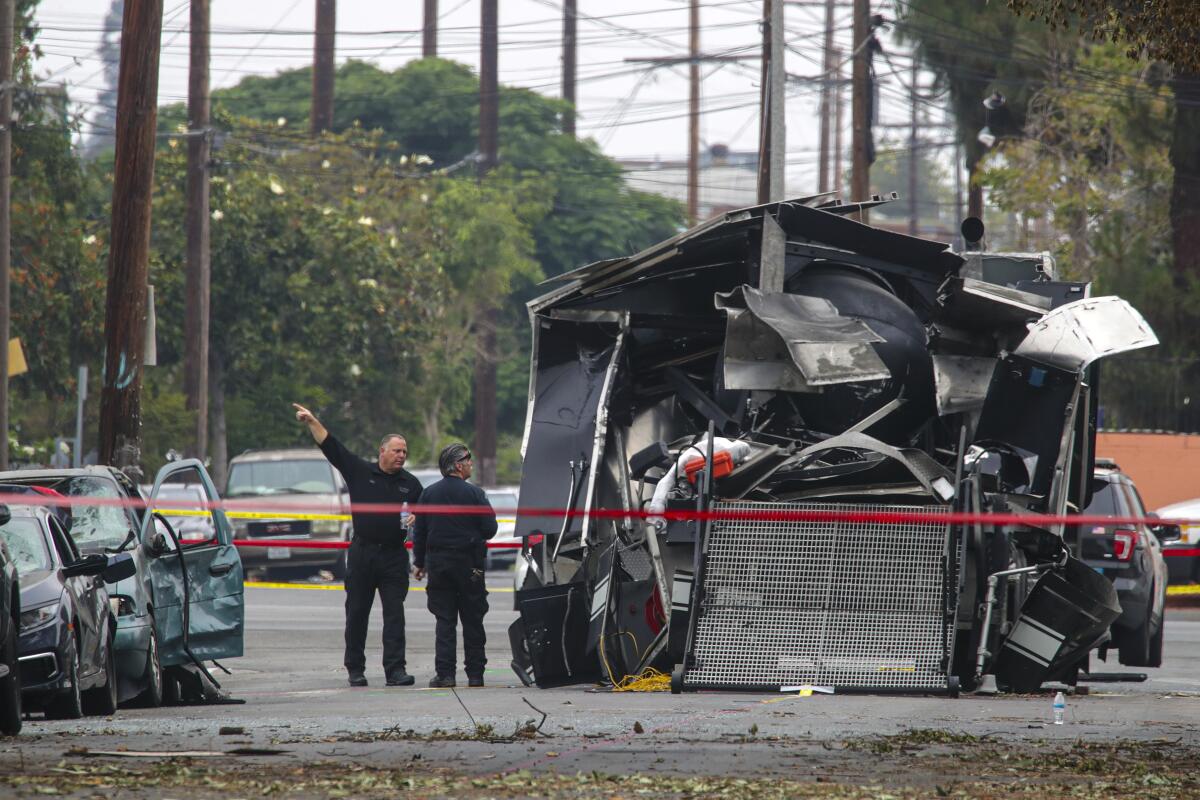
On a festive holiday usually marked by family barbecues and picnics on the beach, Maria Velasquez stepped into a humble gymnasium in South Los Angeles in search of answers — and a way forward — after a massive explosion of illegal fireworks damaged her home, injured 17 people and left her street in tatters.
“In a matter of seconds, everything blew up,” said Velasquez, who said she was still processing the shock. “It was horrible.”
More than 20 homes were evacuated in the aftermath of Wednesday’s explosion, and on Sunday, residents were still in limbo — unsure when they could return home to start picking up the pieces.
Many of them joined Velasquez and spent their Fourth of July at Trinity Recreation Center, where city emergency officials and the American Red Cross and other nonprofits had quickly gathered to offer services and whatever information they could provide.
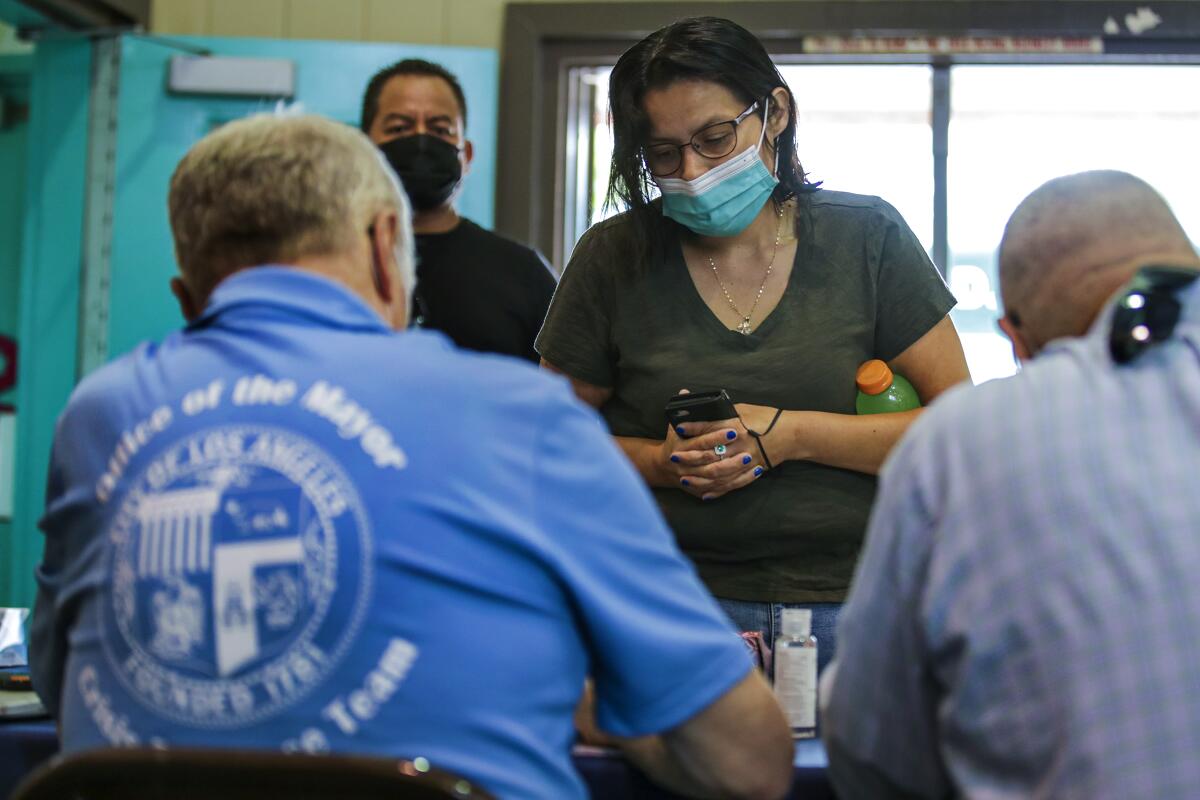
“We encourage people impacted by the event to come and learn how to file claims, follow up on what the Department of Building and Safety’s plans are,” said Jessica Kellogg, public information officer for the city of L.A.’s Emergency Management Department. “We’re also providing assistance like counseling and trauma assistance to residents.”
The local assistance center, at Trinity Recreation Center, will be open from 9 a.m. to 4 p.m. for the rest of the week, she said. Representatives from other local agencies — including the city attorney’s office, city sanitation, and the Economic and Workforce Development Department — will also be on hand this week to answer questions from those affected by the blast.
How did the LAPD manage to blow up a South L.A. block while seizing fireworks?
Authorities are trying to determine exactly what went wrong when a Los Angeles police bomb squad attempted to safely detonate explosive devices that had been seized from a South L.A. home, along with about 5,000 pounds of illegal fireworks.
What was meant to be a carefully controlled detonation ended up casting debris across several residential blocks — blasting out windows, smashing parked cars and sending elderly residents and officers to the hospital.
On Saturday, federal agents had identified and arrested Arturo Ceja III on suspicion of illegally transporting explosives, including homemade fireworks. In a statement, officials said the U.S. Bureau of Alcohol, Tobacco, Firearms and Explosives had determined that Ceja had about 32,000 pounds of fireworks in his backyard.
Federal agents on Saturday arrested a South Los Angeles man on charges of illegally transporting explosives, including homemade fireworks that were detonated by police in a residential neighborhood, causing an explosion that damaged homes and injured 17 people.
Los Angeles police have come under heavy scrutiny, with many questioning whether the department could have done more to protect residents in such a densely populated area before the fireworks were detonated. The LAPD is working with the ATF to investigate the origin of the fireworks and review the officers’ actions.
At least 49 people have been placed in hotel rooms, said Dedee Verbin, a spokesperson for the office of L.A. Councilmember Curren Price. The Red Cross also has helped more than 66 people with housing, food or mental health services.
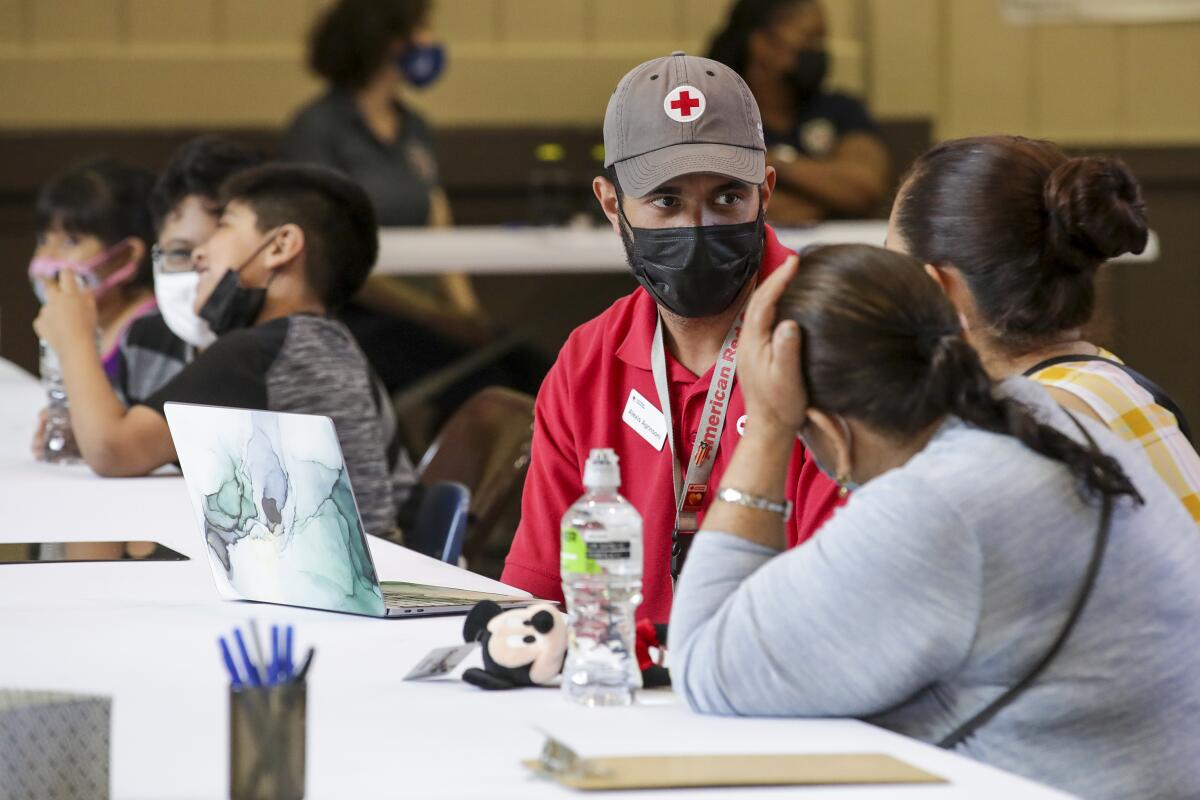
City building and safety officials are still assessing the damage and deeming which homes are no longer safe to live in. Once this investigation is over — it’s expected to wrap up by Tuesday, officials said — residents will be able to return home.
For Velasquez and her family, whose house was adjacent to where the blast occurred, the explosion was a very close call.
Her parents, who own their three-unit home, live at the front of the building. She and her daughter live in a unit farther back. They happened to be miles away that day, a stroke of luck — although the occasion was sad. They were attending a viewing, saying goodbye to Velasquez’s aunt who recently died.
When they got back to their neighborhood on the 700 block of East 27th Street, the area was roped off and in chaos. She rushed to find her 6-year-old dog, a Maltipoo named Canela, who was unharmed although terrified.
The next day, Velasquez was allowed to go inside her home for a few minutes to grab her daughter’s laptop for school and her diabetes medication. When she walked in, all she could see was shattered glass.
“There was glass on my sofa, on my living room, my dining room table, everything,” she said. “In my daughter’s little room, where she sleeps, her window came off with the whole railing and all.”
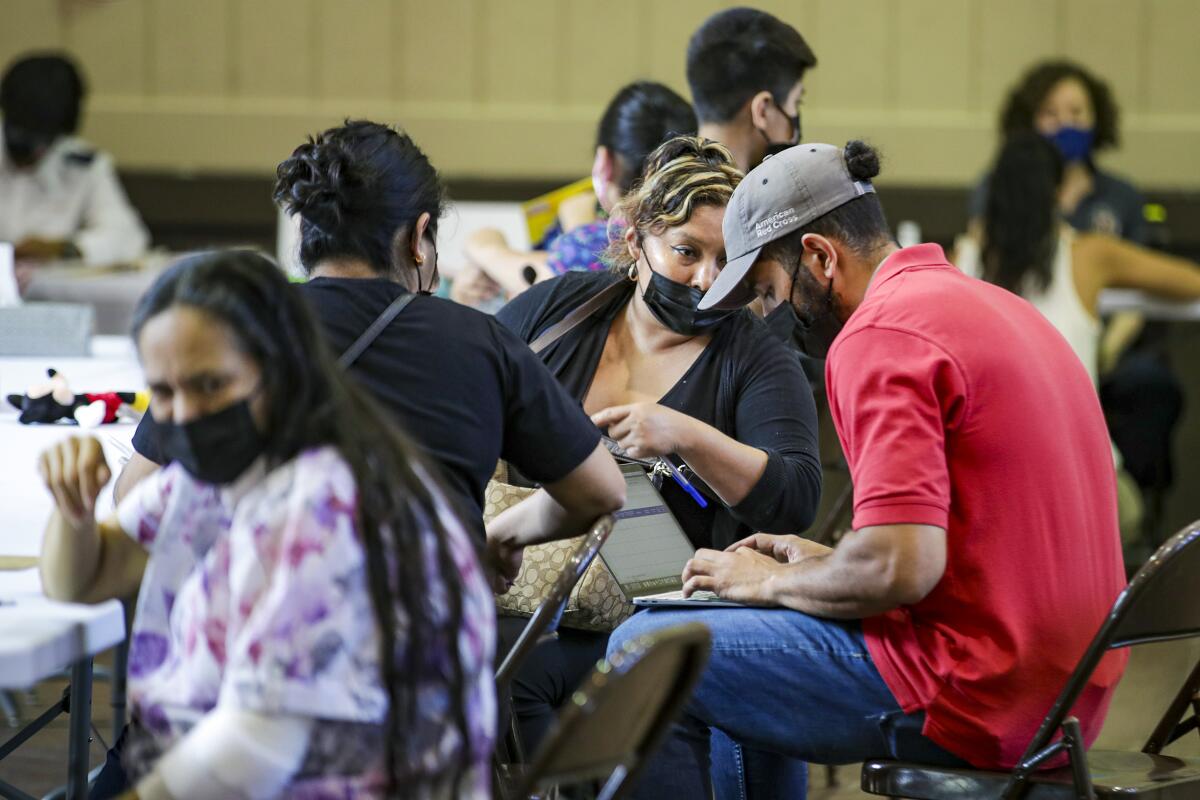
On Sunday at the assistance center, Velasquez wanted to find out what help was available. Right now, her whole family is crammed into her sister’s place, she said, but that is not sustainable.
As for the rest of her day, she couldn’t even think about cooking for a big party like she usually does on the Fourth of July. She and her daughter, still rattled, now cringe at the thought of fireworks. Canela, her Maltipoo, still won’t eat anything and has not left her side.
“We’re going to call it a day,” Velasquez said as she left the center. Fourth of July may never feel the same.
More to Read
Sign up for Essential California
The most important California stories and recommendations in your inbox every morning.
You may occasionally receive promotional content from the Los Angeles Times.
